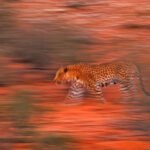Big cats in urban areas might sound like a scene from a wild imagination, yet this phenomenon is increasingly turning into reality. While these majestic predators are typically associated with expansive wilderness habitats, certain big cat species have proved remarkably adaptable, finding ways to coexist with human development. Their adaptability provides invaluable insights into the flexibility and resilience of wildlife.
Cheetahs: Navigating the Urban Savannah
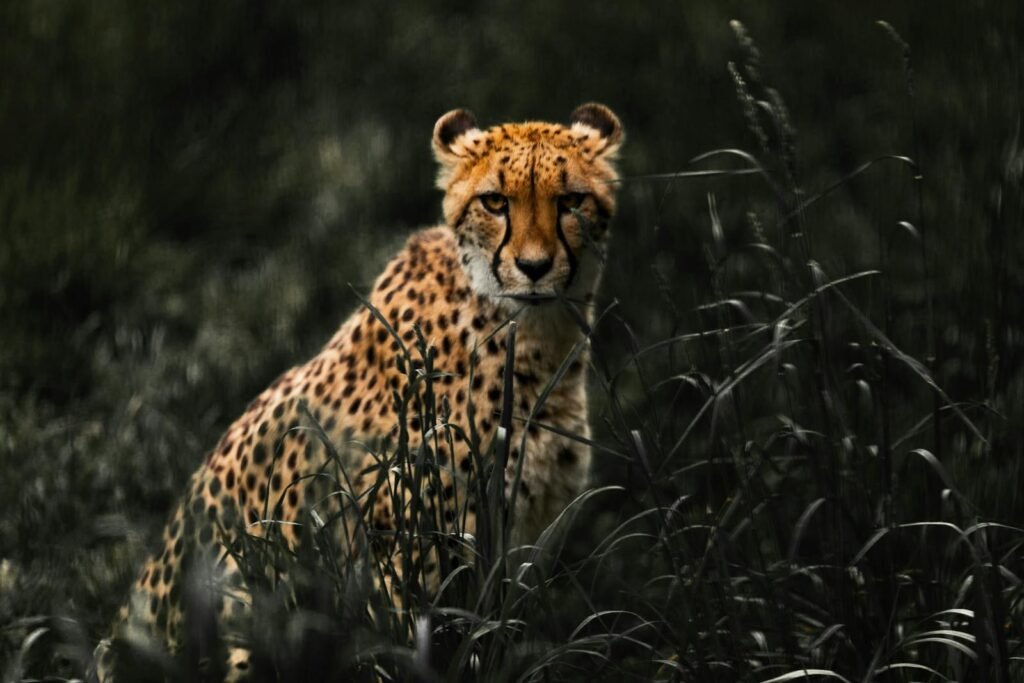
The cheetah, known for its incredible speed and agility, is a big cat that has shown some adaptability to urban environments. Despite being primarily associated with open grasslands, cheetahs have been spotted on the outskirts of several African cities. They usually use urban areas as transitional zones, learning to avoid humans while taking advantage of the lack of natural predators and sometimes exploiting resources like livestock. Conservation efforts in cities predominantly focus on creating awareness and ensuring safe corridors for cheetahs to move between habitats.
Leopards: Masters of Urban Stealth
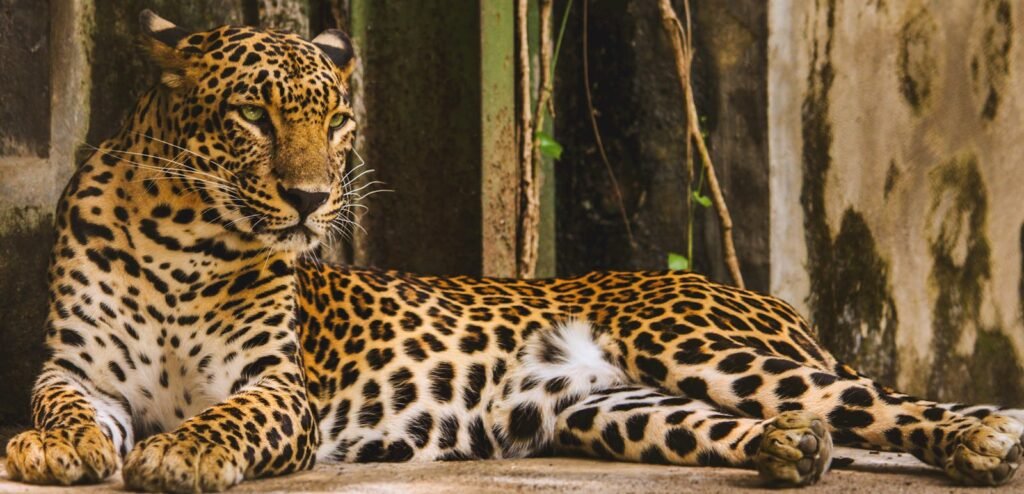
Leopards are arguably the most successful big cats in urban environments. Their secretive nature and incredible adaptability have enabled them to thrive in cities across India and parts of Africa. Leopards’ ability to hunt silently with steely focus makes them adept at living on the edge of urban areas, often utilizing abandoned buildings or parks as hunting grounds. Urban leopards pose unique challenges, but comprehensive management programs have been effective in reducing human-wildlife conflict while supporting conservation efforts.
Pumas: The City Stalkers of the Americas
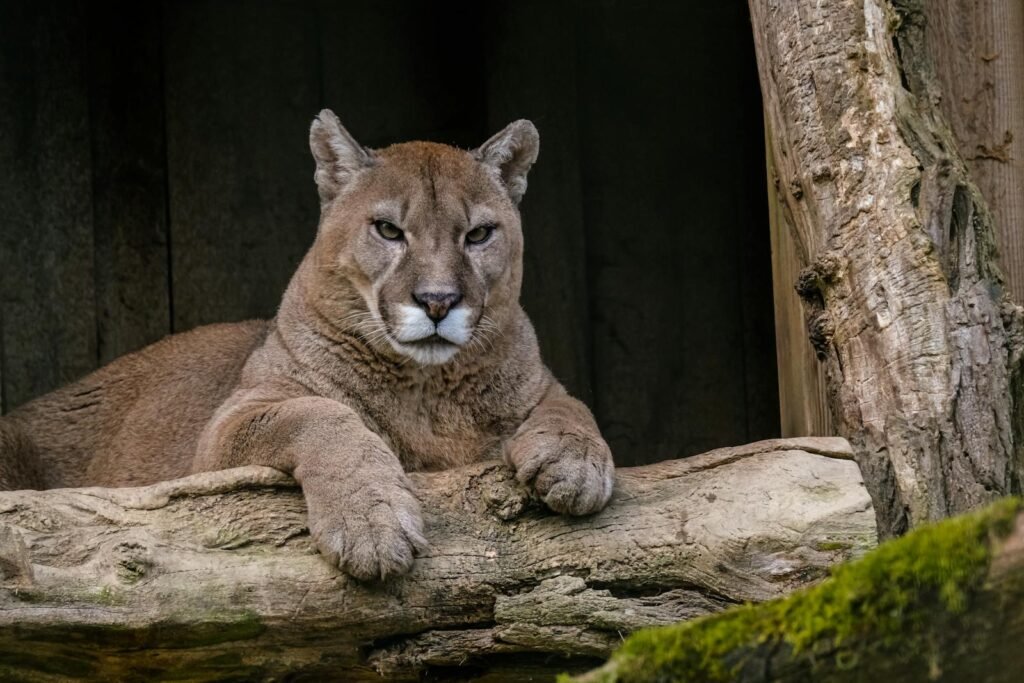
Also known as mountain lions or cougars, pumas have increasingly appeared in cities across North and South America. Their broad habitat tolerance has seen them adapt from forests to urban backyards, often moving under the radar of city dwellers. While this raises concerns about potential conflicts, research helps city planners create greenways that facilitate safe movement. In places like Los Angeles, wildlife crossings have been constructed to help pumas navigate urban sprawl, balancing urban development with wildlife conservation.
Jaguars: Guardians of the Amazonian Fringe
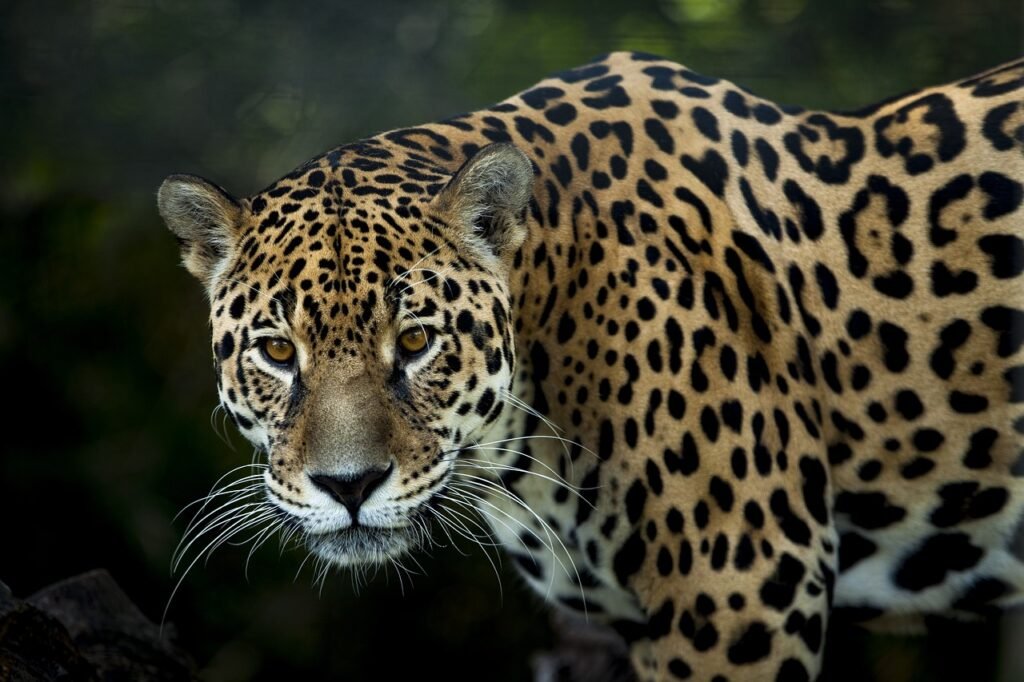
Jaguars, the dominant predators of the Americas, are typically associated with dense rainforests but are increasingly seen near urban fringes, especially in South America. They utilize waterways as travel paths to navigate through areas bordered by cities. Rapid urbanization has pushed jaguar movements closer to human settlements, prompting programs that educate communities about the importance of these big cats and how to coexist peacefully, fostering a unique form of coexistence in an evolving landscape.
Tigers: Bold Explorers in Urban Jungle
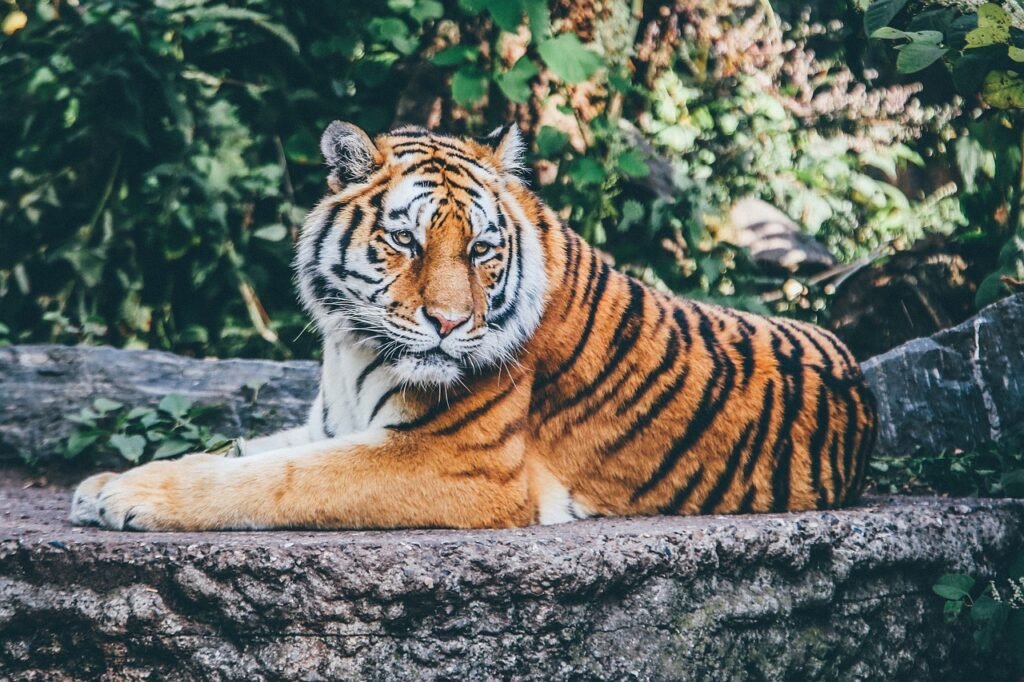
Tigers, symbolizing power and strength, are gradually adapting to life near urban settlements, especially in India and Bangladesh. Their presence in such areas often comes as a surprise given their territorial and solitary nature. Tigers are known to pass through human-dominated landscapes occasionally, particularly when their natural habitat is fragmented. Conservationists focus on creating awareness and mitigating potential man-animal conflict, employing innovative methods like reinforcing boundaries and community engagement to ensure safety for both humans and wildlife.
Lynxes: The Urbanized Ghosts
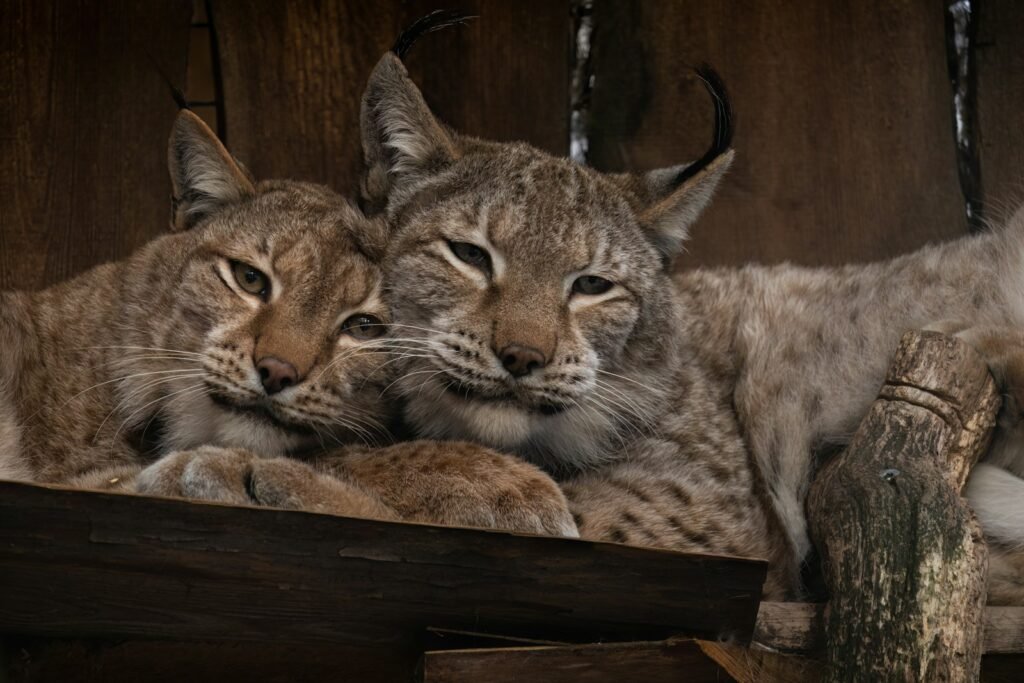
The Eurasian lynx, once nearly vanished from large portions of its ancient range, now finds itself at the edge of wilderness and city life, particularly in Europe. With highly adaptive hunting strategies, lynxes have been spotted in suburban and rural areas, implying their capabilities to live near urban landscapes. Wildlife corridors and conservation guidelines in European countries have encouraged the presence of lynxes and aimed to secure safe avenues for their movement while educating communities on harmonious cohabitation.
Conclusion
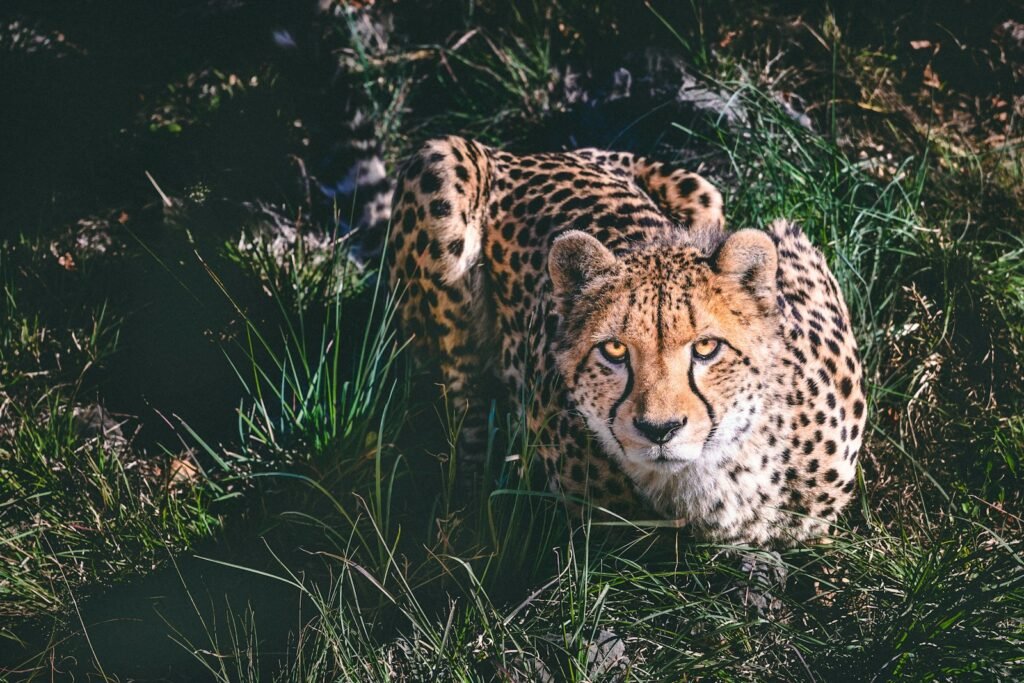
The stories of these urban-adapting big cats are not just compelling narratives of survival but poignant reminders of the need for responsible coexistence. Each of these magnificent creatures showcases unique strengths and adaptability, providing invaluable opportunities for studying human-wildlife interactions. As urban landscapes continue to encroach upon traditional wildlife habitats, understanding and fostering these relationships becomes vital. Through dedicated research and community engagement, it is possible to balance urban growth with wildlife conservation, ensuring that the futures of humans and these big cats remain intertwined in harmony.
Hi, I’m Bola, a passionate writer and creative strategist with a knack for crafting compelling content that educates, inspires, and connects. Over the years, I’ve honed my skills across various writing fields, including content creation, copywriting, online course development, and video scriptwriting.
When I’m not at my desk, you’ll find me exploring new ideas, reading books, or brainstorming creative ways to solve challenges. I believe that words have the power to transform, and I’m here to help you leverage that power for success.
Thanks for stopping by, Keep coming to this website to checkout new articles form me. You’d always love it!






